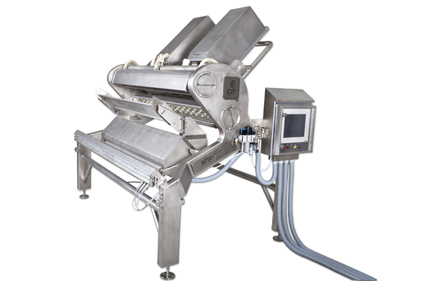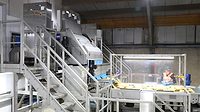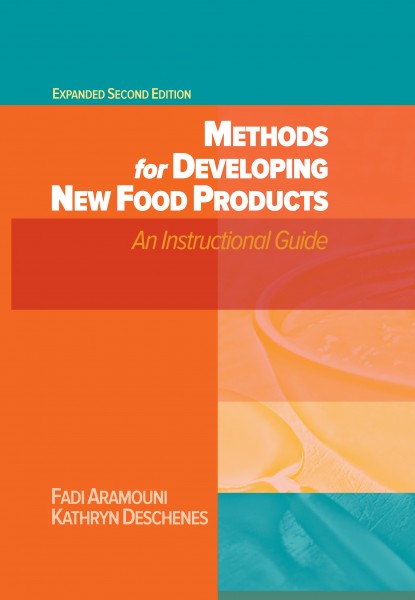
|
| Chemical imaging equipment like the Insort Sherlock Observer can help potato processors solve a variety of processing problems. |
A new value-added hyperspectral sensor-based system is designed to enhance potato sorting capabilities, allowing processors to minimize waste. Pairing this “chemical imaging” (CIT) technology with software and algorithms gives processors the ability to evaluate the potato’s chemical composition including the presence of sugar ends, dry matter and the percent of solids.
Chemical imaging has the potential to solve a variety of processing and quality challenges. Detecting invisible defects such as sugar ends before cooking can help minimize an issue many processors confront. Chemical imaging technology can also help processors analyze the chemical composition of incoming potatoes to optimize blanching and frying for total solids utilization. Extremely accurate foreign material detection is another benefit of chemical imaging, because it provides extremely precise measurement of a product’s chemical composition.
Key Technology announced it reached an agreement with EVK DI Kerschhaggl GmbH and Insort to use chemical imaging technology in its products; it will also market Insort’s chemical imaging sorters to North American and global accounts in the potato industry.
“On our ADR systems, CIT will enable making yield-maximizing decisions to remove only those defective portions of the potato strip as identified by the processor,” says Louis Vintro, senior vice president of business development and global operations at Key.
For more information on Key’s digital sourcing technologies, visit www.key.net/process-solutions/defect-removal/electronic.
For more information on chemical imaging technology, Insort and EVK, visit www.insort.at or www.evk.biz.





